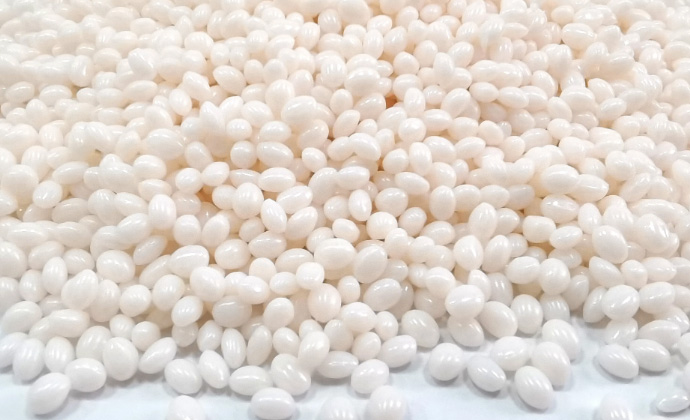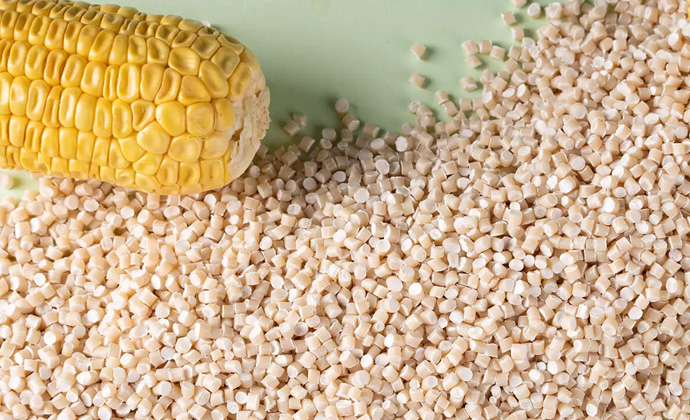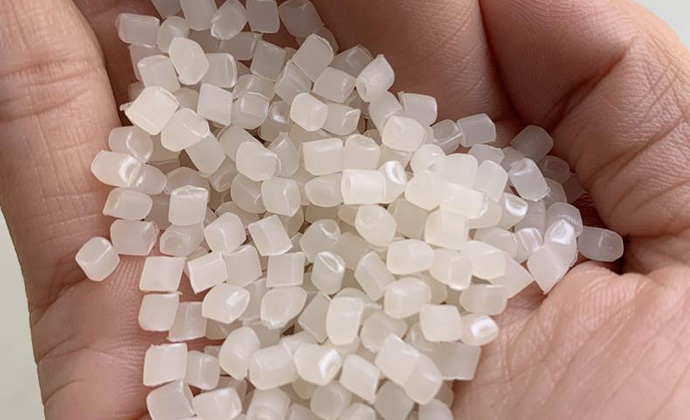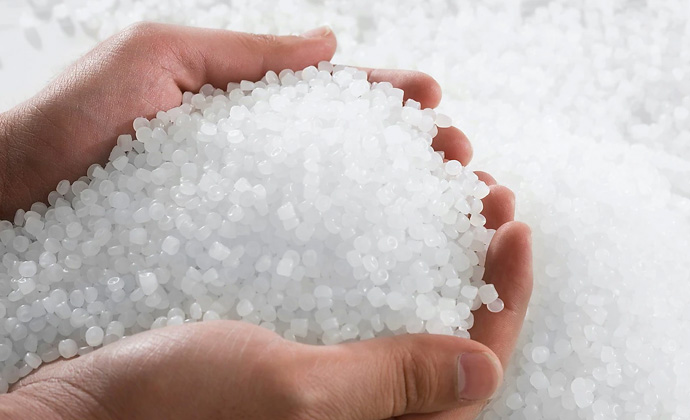
- Biodegradability
PLA is made of biodegradable materials, which means that under appropriate conditions, it can be decomposed by microorganisms and converted into environmentally friendly substances such as carbon dioxide and water. This helps reduce environmental pollution and makes it a sustainable material choice.

- Biocompatibility and absorbability
Since PLA is synthesized from natural substances and does not contain toxic substances, it has good biocompatibility. In the human body, PLA can be hydrolyzed by acid or enzymes to produce lactic acid, a cell metabolite, which can be further metabolized by enzymes in the body to produce carbon dioxide and water. Therefore, PLA is non-toxic and harmless to the human body and has good bioabsorbability. This makes PLA widely used in the medical field, such as for making sutures, bone plates, oral replacements, etc.

- Physical and mechanical properties
PLA has excellent physical and mechanical properties, such as excellent toughness and high strength, which can meet various usage requirements. This makes PLA highly reliable in manufacturing various products.

- Good processability
PLA has a good melting point and free flow, making it easy to process using a variety of methods, such as extrusion, stretching and injection blow molding. This makes PLA highly flexible in large-scale production.

- Adjustability
The properties and performance of PLA can be adjusted by changing the manufacturing process and chemical structure, such as making it soft or hardened to meet the needs of different applications.

- Renewable raw materials
The monomer for producing polylactic acid is lactic acid, which can be produced by fermentation of crops or agricultural by-products such as wheat, rice and sugar beets. Therefore, the raw materials for producing polylactic acid are renewable and help achieve sustainable development.













